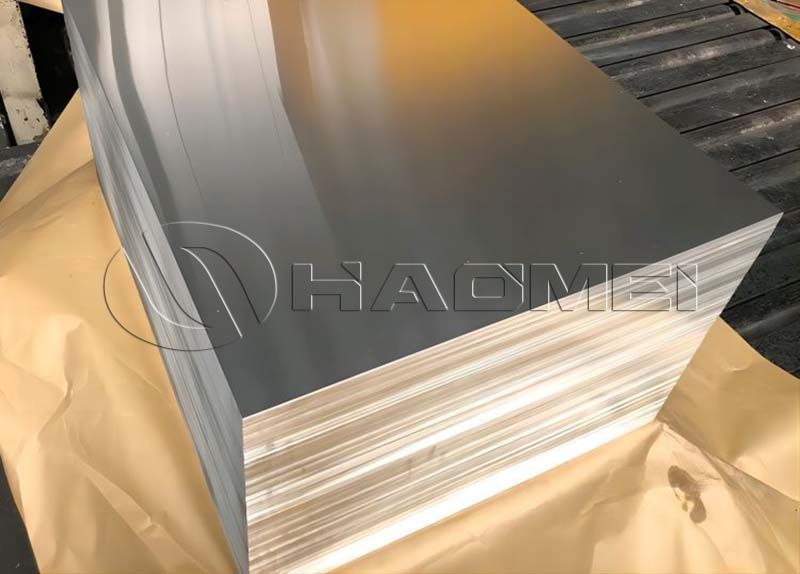
The 6061 T0 aluminum sheet begins with a solution heat treatment.The alloy is heated to a specific temperature range to allow the alloying elements to fully dissolve in the aluminum matrix, forming a uniform solid solution. The alloy is then naturally aged at room temperature for a period of time, followed by cold working to further enhance its properties. The cold working process alters the alloy's microstructure, increasing dislocation density and thereby improving strength. This combination of natural aging and cold working gives 6061 T0 its unique properties.

The key to the 6061 T6 temper lies in solution treatment and artificial aging. Solution treatment begins by heating the alloy to an appropriate temperature and holding it to ensure full dissolution of the alloying elements. It is then rapidly quenched and cooled to preserve the high-temperature solid solution, resulting in a supersaturated solid solution.
Artificial aging, then holding the alloy at a specific temperature for a specified period of time, promotes the precipitation of fine, dispersed strengthening phases within the supersaturated solid solution, significantly improving the alloy's strength and hardness. Compared to T0, the T6 temper does not involve cold working, but instead relies on precisely controlled artificial aging temperature and duration to adjust properties.
In terms of strength, 6061 T0 has a certain strength increase due to cold working, but it is still lower than T6. The yield strength of T0 is generally around 150-200 MPa, and the tensile strength is in the range of 200-250 MPa. However, after artificial aging, the strengthening phase of 6061 T6 is significantly enhanced, with a yield strength of 240-310 MPa and a tensile strength of 290-350 MPa, making it suitable for structural parts with high strength requirements.
In terms of elongation, 6061 T0 aluminum suffers from dislocation accumulation due to cold working, resulting in a reduced plasticity, typically ranging from 10% to 15%. While artificial aging increases the strength of 6061 T6 aluminum, it has minimal impact on its ductility, maintaining an elongation of 12%-20%. This maintains high strength while maintaining good ductility, making it suitable for forming.
In terms of hardness, 6061 T0 achieves a certain degree of hardness through cold working, with a Brinell hardness of approximately 60-80 HBW. Artificial aging significantly increases the hardness of 6061 T6, reaching a Brinell hardness of 90-110 HBW, making it more resistant to wear and deformation.
6061 T0, due to its relatively low strength and good plasticity, is suitable for applications requiring low strength but good formability. It can be used for products requiring cold forming processes such as bending and stretching, such as electronic device housing frames. It can be cold-formed into complex shapes while maintaining structural support.
Aluminum 6061 t6, due to its high strength and hardness, is widely used in applications requiring stringent structural strength. Aircraft structural components in the aerospace industry bear heavy loads, and 6061 T6 meets the required strength to ensure safety. 6061 T6 is also commonly used in automotive components such as frames and wheels, ensuring vehicle strength while reducing weight and improving fuel efficiency due to the low density of aluminum alloy. 6061 T6 is also an ideal choice for various high-strength structural components in machinery manufacturing.
Original Source:https://www.aircraftaluminium.com/a/aluminum-6061-t0-vs-t6.html
Tags: 6061 aluminum sheet ,
Contact Us